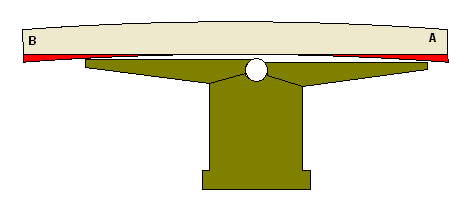 |
||||||
Using a Woodworking Jointer, Planer or SurfacerTo use a jointer, the board to be jointed is held with its face against the fence and the edge to be jointed resting on the infeed table. The board is fed across the cutter head and onto the out feed table. The knives in the revolving cutter head remove an amount of material and the relationship of the two tables and the fence keeps the board oriented in such a way that the result is an edge which is flat along its length and perpendicular to the board's face.
A jointer may also be used to flatten the face of a board, in which case the sole focus is to produce a flat surface on the face of the board and the fence is not used. This procedure is often performed prior to edge jointing so that the board has a flat reference face for subsequent operations.
A jointer cannot be used to create a board of even thickness along its length. For this task, after jointing one face, a thickness planer can be used. Leave jointer and back to home page. Not found it yet? Try this FAST SITE SEARCH or the whole web |
Hire Equipment  Furniture Fittings - Architectural Hardware - Electronic Locking Systems - Technical Hardware BuilderBill sponsorship Other Carpentry and joinery related pages.
|
|||||
|
|
||||||
|
Please Note! The information on this site is offered as a guide only! When we are talking about areas where building regulations or safety regulations could exist,the information here could be wrong for your area. It could be out of date! Regulations breed faster than rabbits! You must check your own local conditions. Copyright © Bill Bradley 2007-2012. All rights reserved. |
||||||
